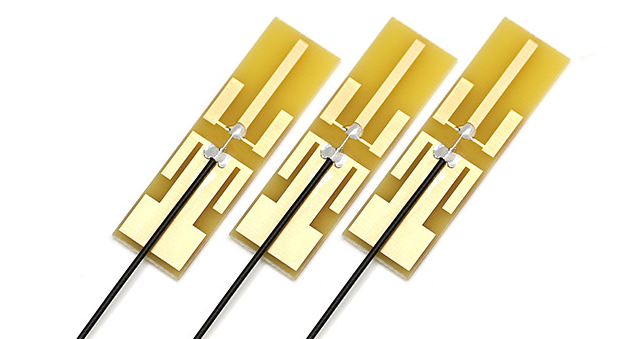Design of WiFi PCB antenna
1、 Introduction
With the advent of the mobile internet era, more devices are starting to use Wi Fi wireless networks for interconnection. In this case, the design of Wi Fi PCB antennas has become a very important aspect, directly affecting the reception and transmission performance of the device.

2、 Basic knowledge of PCB antenna
PCB is the abbreviation for Printed Circuit Board, referring to printed circuit boards. PCB antenna design usually refers to laying regular solder pads and wires on the PCB board to connect electronic components, and introducing the antenna into the PCB board through this design. The commonly used components in PCB antenna design include transformers, baluns, crystal oscillators, etc.
3、 Types of PCB antennas
There are various types of PCB antennas, mainly including patch antennas, spiral silkworm antennas, F-shaped antennas, I-shaped antennas, L-shaped antennas, and so on.
1. Patch antenna
The patch antenna design is simple and convenient for manufacturing, and is generally suitable for low-frequency wireless signal transmission.
2. Spiral silkworm antenna
The spiral silkworm antenna is composed of spiral wires and ground transducers, and is widely used in mobile communication systems in UHF and ultra-high frequency bands.
3. F-shaped antenna
F-shaped antennas are generally used for indoor WiFi devices, with simple design and stable effects.
4. I-shaped antenna
Type I antennas are widely used in various transmission systems, with flexible installation positions and good anti-interference performance and reception effects.
5. L-shaped antenna
L-shaped antennas can be arranged in small spaces, with low cost and easy design.
4、 The Principle and Optimization of PCB Antennas
The principle of PCB antennas is to use conductive surfaces to generate electric fields that change over time and form electromagnetic waves in space, thereby achieving wireless signal transmission. When designing PCB antennas, many factors need to be considered, such as antenna size, layout, ground, etc.
1. Antenna size
In a relatively wide range of application environment conditions, the size of antenna has a significant impact on Linkage. Whether it is patch antenna or other types of antenna, only we can reasonably customize the size of antenna according to different actual needs. When designing antenna size, we usually first calculate the antenna feed line loss and then determine the antenna scaling ratio.
2. Layout design and flooring
In the layout design of PCB antennas, many factors usually need to be considered, such as antenna size, capacitance impedance, number of channels, etc. Therefore, when designing the layout, it is necessary to choose appropriate ground to lay on the antenna and return chip to enhance ground capacitance and monopolar electromagnetic radiation. When choosing the ground, we should try to choose a PCB board with a large flat surface. A better approach is to copper the entire PCB board and attach it to the ground for adsorption.
3. Optimization
This stage involves further optimization of PCB antennas through simulation programs, typically using optimization algorithms such as dynamic phase change engineering and reverse design. At the same time, we can also adjust the size of the antenna and component layout through multiple experiments to achieve the desired performance.
5、 General steps for PCB antenna design
1. Choose the appropriate size. Obtain the required candidate for antenna design.
2. Select the type of PCB antenna, design the antenna shape, circuit, and balun for hybrid circuit decoupling and halogenation, and complete the layout of PCB antenna components.
3. Complete PCB antennas through WLCSP and electronic packaging solutions such as ultra fast printing, rivets, solder pads, etc.
4. Optimize and debug PCB antenna components, adjust antenna size and component layout.
5. PCB antenna measurement.
6、 Conclusion
PCB antennas have become a key element in the reception and transmission performance of modern devices. This article provides a detailed introduction to the design principles and types of PCB antennas, as well as the steps for general PCB antenna design. In the design process of PCB antennas, careful consideration of relevant factors, appropriate data analysis and optimization can achieve better performance and stability.





